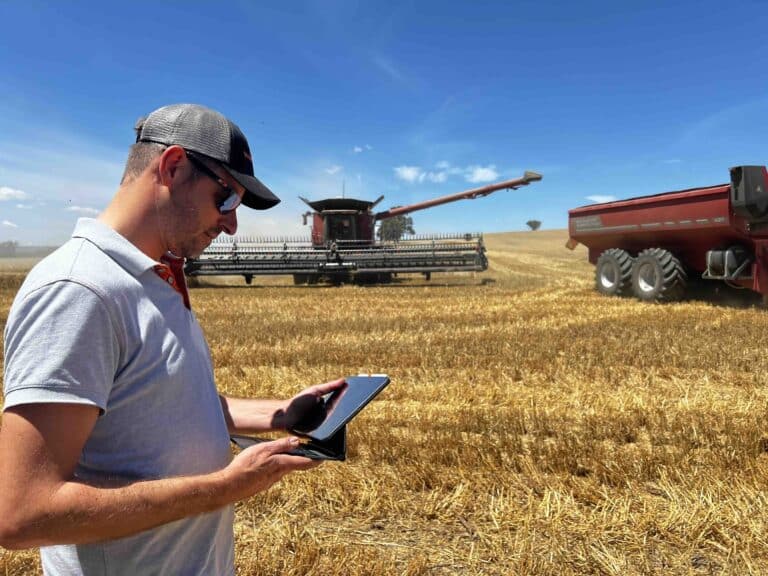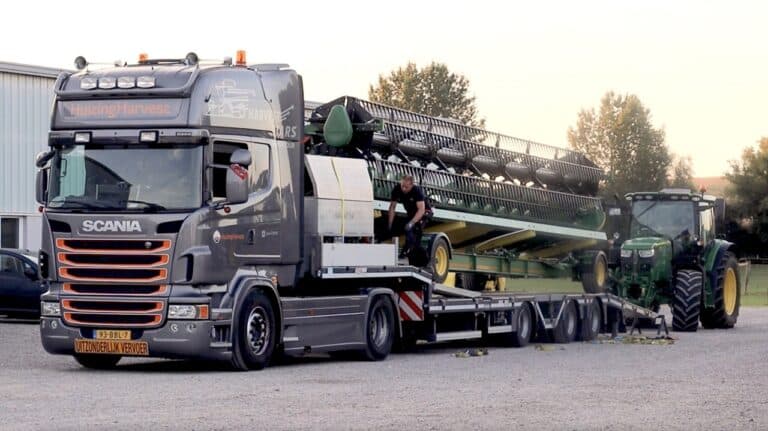
Field Testing and Reporting

Supportive Roles in the Field
Not every project requires full reports or complex measurements. Sometimes our role is primarily supportive — as in the case of practical tests for new machines in Germany, Denmark, and France. These included prototypes with modified cleaning systems, specific engine configurations or new camera technologies. In such projects, our presence helps ensure everything runs smoothly, we support the manufacturer’s test teams, and contribute hands-on experience from the field.
Even without direct reporting, we add value: we’re flexible, internationally experienced, and understand both the technical and practical sides of machine testing.

